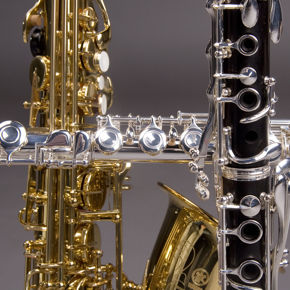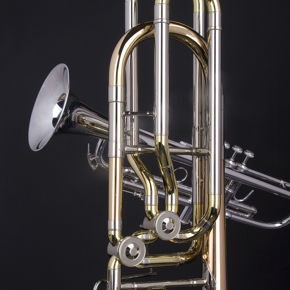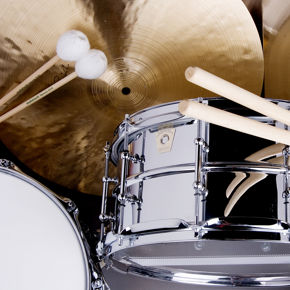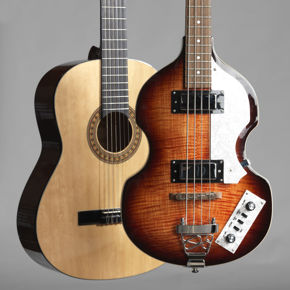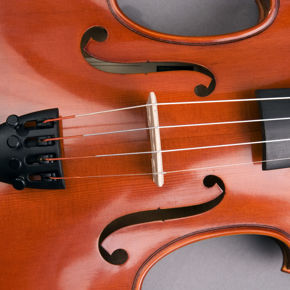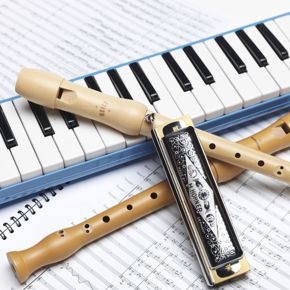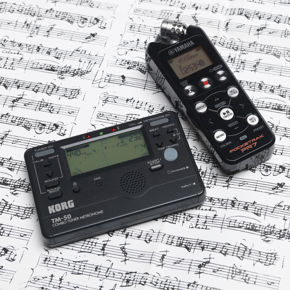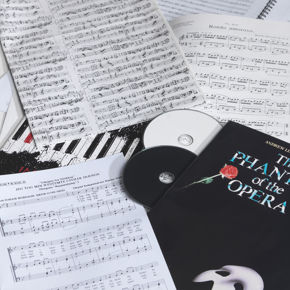LÉGÈRE Reeds
SAXOPHONE - CLARINET - OBOE - BASSOON
Signature Series for Saxophone
The Signature Series for Saxophone respond without hesitation. They are thinner and stiffer than a traditional cane reed, making them easy to play and beautifully free-blowing. They produce a pristine, centered sound with colourful overtones.
This reed is bright yet focused which is why its preferred worldwide by advanced and professional players in both jazz and classical settings.
Signature Series for Clarinet
The Signature Series for clarinet reeds are perfectly centred. They produce a warm, rich tone in all registers of the instrument. They are cut thinner and are stiffer than natural cane generating a clear, focused sound requiring minimum effort from the player.
The Signature Series flexibility produces a wide range of colourful overtones. Their free blowing nature and ease of articulation is ideal for players in all genres.
European Cut for Clarinet
The European Cut for Clarinet is our most flexible reed. The unique profile design allows for a bright, colourful yet warm and clean sound. It responds without hesitation and easily glides from the low registers to the high registers of the instrument.
Its ease of playing is the reason this reed is used by almost all Légère Endorsing Clarinetists performing on the French system. This reed is preferred by advanced and professional clarinetists worldwide.
European Scrape Oboe Reed
Légère European Scrape oboe reeds respond instantly and are ready to play straight from the box. The design allows for a warm, centered sound with ease of projection. They never need to be moistened and are available in three strengths, Medium-Soft, Medium and Medium-Hard.
All reeds are made to an initial aperture between 0.68-0.72 mm, but this will change after the reed is played. The total length of the reed is 69.8-70.2 mm and it plays at 440-442 Hz depending on the positioning in the reed well. They never need to be soaked and are unaffected by any weather or humidity.
While students should start with Medium-Soft or Medium strengths, advanced players may find any of the three strengths suitable for their embouchure.
Their ease of playing is the reason these reeds are heard in some of the most prestigious orchestras and on stages and recording studios around the world.
Bassoon Reed
The Légère bassoon reed responds instantly from the box. Its unique material never needs to be moistened, allowing the player to focus on their music and not the reed. It projects easily and clearly while producing a clean and focused sound. It is available in Medium and Medium-Hard strengths to complement various styles of playing and set ups.
The reeds are cut in halves using 3-axis, computer-controlled precision cutting machines and are never molded or stamped. The halves are then bonded together again using a digitally controlled system resulting in a reed which is balanced in both blades, and has the right combination of tip thickness, heart, and flexibility.
The combination of tip thickness, heart and unique material makes it easy to glide from the low registers to the high registers of the instrument. While some of the top bassoonists in the world play this reed, it is also used by players of all levels.
Why They Work
The secret? A synthetic material unique to Légère, meticulous computer controlled processing operations and a team of ambitious and hardworking individuals who passionately believe in the Freedom to Perform.
Materials
Cane is a unique material. It is has a low density yet is longitudinally very stiff. Matching these properties in a synthetic material is difficult but is essential in creating a good reed.
Légère uses polypropylene to make both single and double reeds. Polypropylene is a common, non-toxic polymer with applications in food containers, packaging, rugs, and many other products. Unfortunately, ordinary polypropylene is not nearly stiff enough to make saxophone and clarinet reeds. They just wouldnt vibrate. To make the plastic much stiffer Légère puts it through a process called orientation. This is the secret to creating Légère reeds.
Polypropylene does not have to be preconditioned before playing nor does it absorb any water. It is completely non-toxic, highly durable and can be easily sanitized with warm water and a mild detergent.
Design and Process
Early Légère reeds were made with profiles very similar to cane reeds. Because these first reeds were an identical size to cane reeds they needed to have exactly the same stiffness and density. These first reeds were cut using a very similar process to that used for current Légère reeds.
While early Légère reeds were very good synthetic reeds, they were not perfect. The next major step in synthetic-reed technology came with the advent of the Signature Series. The difference between the Signature Series and the first prototypes is in stiffness and reed size. The Signature Series is roughly 80% the thickness of a good cane reed, but is made from a much stiffer material. This allows for a freer vibration which results in wonderful overtones.
All Légère reeds are cut from our own unique polymer on a 3-axis, computer numerically controlled (CNC) cutting machine. Each reed is individually strength tested, delicately sanded and packaged by hand.
Caring For Your Reeds
Pre-playing
To unpack the reed, remove it from the case or box carefully avoiding contact with the tip. While Légère reeds are durable, they can easily be damaged if mishandled or dropped. It is best to always handle your reed by the heel.
Playing
There is no need to moisten a Légère reed, it will play like a pre-moistened cane reed directly from the box.
Place the reed on the mouthpiece in the same position that you would put a cane reed and secure it with a ligature. Test the reeds response either on the instrument or alone. You should feel a quick attack that speaks instantly. If you do not feel a fast attack the reed position or strength is incorrect. Move the reed back and forth trying a variety of positions and continue testing. If you cannot find a position that works well and it feels like the strength is incorrect please make use of Légères Exchange of Strength program.
Once the attack feels correct play the reed for a couple minutes to warm it up. At this point, the reed is in playing condition. Depending on your playing style, the reed will need to be rotated after roughly 60 minutes. This is to extend the life of the reed, not improve your short-term tone. With proper rotation and care your reeds should last many months.
Storage and Cleaning
When you are finished playing on your reed, loosen the ligature and remove it from the mouthpiece. The reed can be cleaned periodically with water and a mild detergent. Légère single reeds should be stored on a flat surfaced reed case.
Due to the fact that polypropylene is non-porous, it is very difficult for bacteria to build on your reed.
Modifying the Reed
Altering Légère reeds is not recommended. Bending stiffness is a function of elastic modulus and removing material will drastically reduce the strength of the reed. If you are interested in experimentation purchase reeds that are 0.5 to 1.0 step stronger than your appropriate strength.
If desired, the reeds can be scraped with fine sandpaper or a sharp blade, held perpendicular to the reed. They should be scraped from the top of the vamp towards the tip. Never sand or scrape against the grain of the reed.
Reeds that have been altered are not eligible for an exchange or refund. Clipping the reed with a conventional reed clipper is likely to cause longitudinal splits through the tip.
With proper care and maintenance, your Légère reed will give countless hours of playing and the Freedom to Perform.

